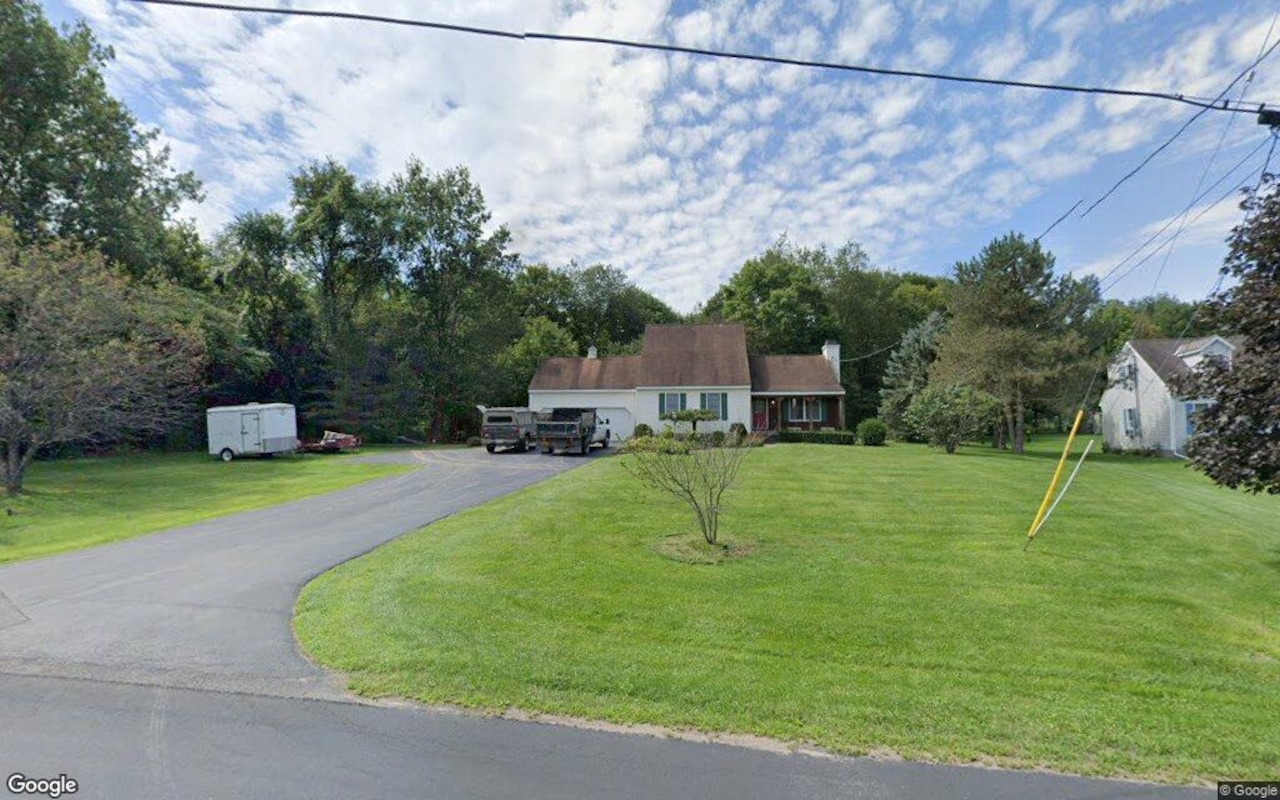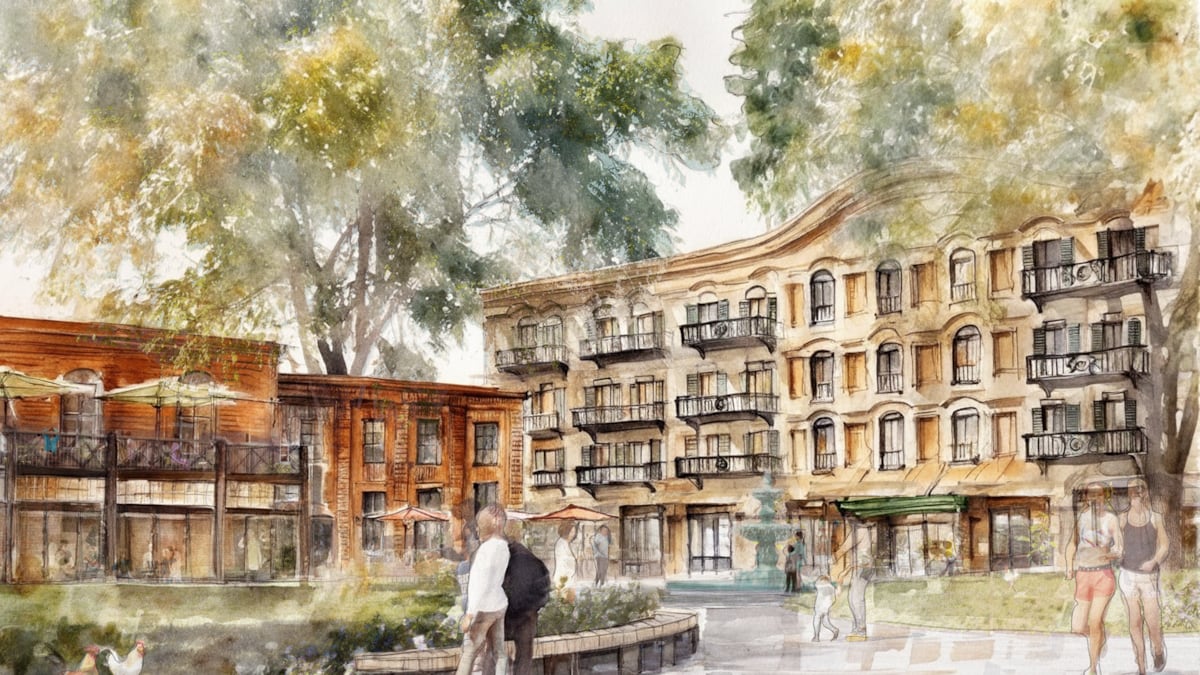B
aby boomers—now 70 million Americans over 65—are reshaping the housing market. The National Association of REALTORS® (NAR) reports that those aged 60‑78 now dominate both buying and selling activity, thanks to decades of accumulated equity and a strong desire to adjust their living situations for retirement or family proximity.
“Boomers hold the cards in real estate,” says NAR’s deputy chief economist Jessica Lautz. “They’ve built substantial equity and are actively moving, whether to retire or to prepare for retirement.”
Many are using proceeds from long‑held homes to purchase new properties. Among recent boomer buyers, 50 % of the younger cohort (60‑69) and 62 % of the older group (70‑78) financed their new homes with sale proceeds. After 13‑16 years of ownership and a 50 % or greater appreciation, they have the financial flexibility to find a place that fits their current life stage.
Three key trends are emerging from this “Silver Tsunami,” and agents can position themselves by understanding each.
---
### 1. Rightsizing (Downsizing)
Boomers often delay moving until health or mobility issues force a change, turning a planned transition into a stressful scramble. Dane Ramsden, CEO of In Network Real Estate in Detroit, prefers “rightsizing” and notes it is one of the most emotional real‑estate transactions. “It’s rarely just about square footage—it’s about memory and identity.”
**Agent Tips**
- **Start Early & Declutter**: Encourage clients to sort belongings well before listing. Keep meaningful items, then decide what to sell, donate, or discard. Ramsden’s Caring Transitions franchise uses platforms like CT Bids to streamline estate sales, while agents can refer clients to removal and donation services (e.g., 1‑800‑GOT‑JUNK? for NAR members).
- **Create Comfort in the New Home**: Recreate familiar setups—furniture placement, lamp positions, favorite books—so the transition feels less abrupt.
- **Hire Professionals**: Senior relocation specialists can coordinate logistics, often completing moves faster and preserving family relationships.
---
### 2. Aging in Place
Only about 10 % of U.S. homes are fully equipped for senior living, yet many boomers intend to stay in their current homes. Lautz notes that some avoid selling to sidestep capital‑gain taxes or simply love their homes.
Without thoughtful updates, homes can become unsafe. Stairs, poor lighting, and slippery bathrooms pose risks. Mary Harmon Young, a broker‑owner in Tuscaloosa, Alabama, specializes in homes designed for aging in place. She holds the Seniors Real Estate Specialist (SRES®) designation, enabling her to address the financial, emotional, and logistical needs of older buyers.
**Key Features**
- Universal design: lever‑style door handles, step‑free entries, wide doorways for walkers or wheelchairs, first‑floor bedrooms.
- Smart‑home tech: motion‑activated lighting, door‑alert systems.
- Bathroom accessibility: low‑curb or curbless showers, extra lighting.
The 2025 Houzz Bathroom Trends Study shows a growing priority for accessibility. Marine Sargsyan, Houzz economist, notes that homeowners increasingly work with professionals to integrate features that support all household members now and in the future.
Agents can expand their networks to include Certified Aging‑in‑Place Specialists (CAPS) from the National Association of Home Builders, who assess and retrofit homes with universal design elements.
---
### 3. Multigenerational Living
Multigenerational households are on the rise. In 2024, 17 % of buyers purchased homes designed for multiple generations—a record high per NAR’s decade‑long data. Families combine households for affordability, caregiving, and connection.
**Design Trends**
- Single‑story layouts with clear privacy zones.
- Secondary kitchenettes.
- Dual primary suites, en‑suite baths, private entrances, casitas, or accessory dwelling units (ADUs) where zoning permits.
Ryan Hvizda, owner of Hvizda Realty Group, notes that buyers often sell two homes and purchase one property with an ADU to keep family together while maintaining independence.
Todd Luong, a RE/MAX DFW pro, urges agents to highlight features like mother‑in‑law suites or oversized bedrooms with en‑suite baths. He points out the lack of MLS filters for multigenerational homes, making them hard to find. Luong advises clients to consider title arrangements carefully, as multiple owners can complicate future sales.
---
### How Agents Can Thrive
- **Educate Yourself**: Understand the financial, emotional, and logistical nuances of rightsizing, aging in place, and multigenerational living.
- **Build Partnerships**: Connect with estate‑sale platforms, removal services, senior relocation specialists, and CAPS.
- **Market Smartly**: Highlight universal design features, smart‑home tech, and ADU potential in listings. Use targeted marketing to reach boomers and multigenerational buyers.
- **Plan for Title Complexity**: Offer guidance on ownership structures for multigenerational purchases.
As the baby‑boomer population grows and family dynamics evolve, real‑estate professionals who grasp these trends will be better positioned to serve a market that increasingly values flexibility, safety, and shared living.














